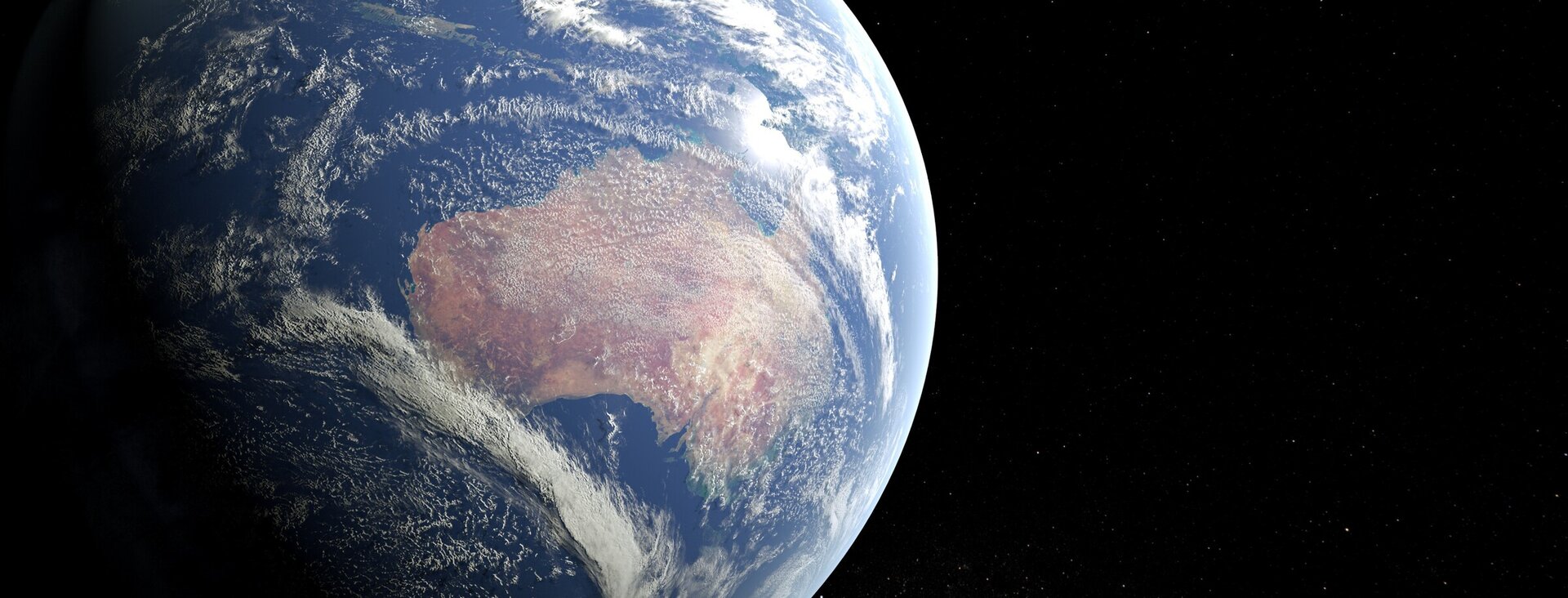Back in 1974 the West family made an epic journey, migrating from South Australia to Far North Queensland. There were 12 of us – 3 generations, 3 families, 3 trucks and caravans.
My brother Ashley and family led the way in his Landrover, then Mum & Dad in a large International truck, and following Edna and I and kids in our International ex-Northern Territory Police paddywagon, all pulling large caravans and all packed to the hilt.
From Adelaide our convoy made slow but steady progress rumbling along through central Victoria towards our first objective – the Wallace’s farms in the Kiewa Valley below Albury-Wodonga. Ashley and I had become very interested in Keyline farming and wanted to visit the heartland of PA Yeoman’s country, to see for ourselves the farms we had heard so much about and to learn as much as we could.
We travelled south from the River Murray, following the valley floor through picturesque farmland with old stone dwellings and fat Hereford cattle grazing in green paddocks, gnarled river redgums, blue skies and sunshine... what a picture perfect place to live.
Then, like a green hailstorm, our convoy was engulfed within a massive swarm of Locusts. In waves they battered us by the millions, dying splattered on the windscreen, our vision vanishing fast – the road was so greasy with their bodies that we lost traction, sliding sideways onto the now grassless verge. The radiator temperature rose dramatically as air intakes were blocked by the cloud of insects – I still remember the acrid smell of burnt locusts as I desperately cleaned the radiator.
Then, as suddenly as they came, the main swarm passed and we could see paddocks that were green and lush now brown and bare, eaten to the ground. Locusts everywhere but many less in number - it was a great relief. We had never experienced this before, we had only heard about the swarms in the news.
Our convoy got going again, searching for the Wallace's farm – we were nearly there.
Then an awesome sight amid the desolation - cows standing up to their bellies in lush, green grass quietly munching away with Locusts simply hopping and flying through without taking a bite.
Someone said jokingly "it must be the Wallace's"... and it was! We drove up to the main farmhouse, thankful to see them as they came forward to greet us.
We stayed over a week with these wonderful folks and learned so much about a different way of farming in the beautiful Aussie bush.
Norm Wallace showed us the Seaweed they used – he said they sprayed it on their paddocks and this was why the plagues of Locusts hadn't eaten their pasture.
Amazing! Why is this? We know that insects pick on the weakest plants just as lions prey on the weakest animals in a herd. That is simply natural selection.
And yet the locusts we encountered before we arrived at the Wallace’s were feasting on what looked to us like healthy pasture on their neighbours farms.
And there is the key – the grass looked deceptively healthy, but it had been grown with simple chemical fertilisers. The vision of healthy green paddocks that we had seen was fake – his neighbour’s pasture was actually nutrient poor and vulnerable to attack.
“Dr. Philip Callahan of the University of Florida, a USDA entomologist, explains that insect antennae are actually like small semiconductors, and, as they are coated with wax, are also paramagnetic structures. They receive various wavelengths in the infrared spectrum. Once the information is received, the insect’s brain determines whether the frequencies correspond to a mate, food, water, or something else. If a plant is in perfect or near perfect health (mineral balance), it will vibrate at a given composite frequency. If there happens to be a mineral deficiency, it will vibrate at a slightly different composite frequency. If there is a serious deficiency or several deficiencies that make that plant unfit for animal or human consumption, it will vibrate at a significantly different frequency that the insects know as food, hence an insect infestation." (Dr. Arden B. Andersen, The Anatomy of Life & Energy in Agriculture, page 50).
In contrast the Wallace’s paddocks were sprayed with seaweed – their organic pastures were in optimum health and so the locust plagues simply passed over their farms to feast again on their neighbour's chemically grown grasses.
When Seaperia is sprayed onto the leaf it raises the sugar content of your plants. If your plants are over 16 Brix on the Refractometer or Brix Meter insects will not eat your plants. As explained by Dr Arden Andersen in his book, insects simply can't digest plants that are high in sugar and nutrients and so avoid eating them.
Seaperia provides over 60 trace elements in a balanced natural form, raising nutrient density and overall health of your crops, making them unpalatable to insects but wonderful for the health of your animals and, ultimately, you and I.
Yes Seaperia improves the health of your soil, your crops, your animals and you - and helps keep problem insects away too! It’s a Win, Win situation for YOUR farm and for you.
Blog post by Grahame.

